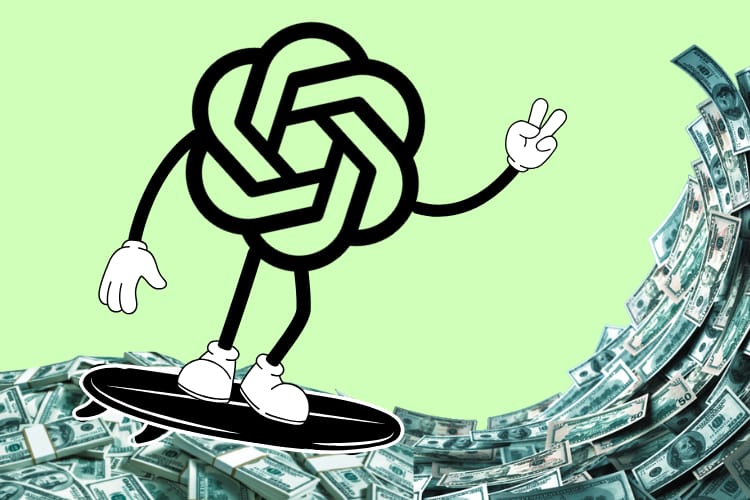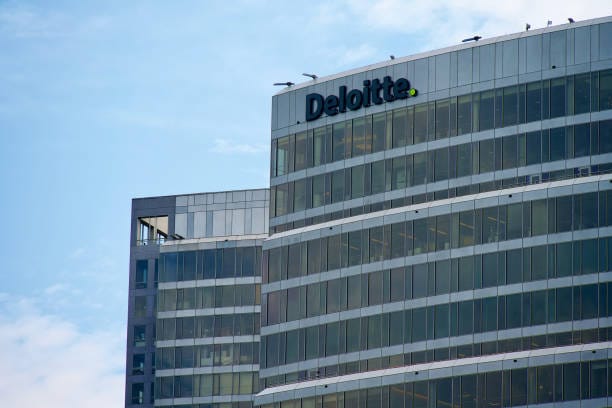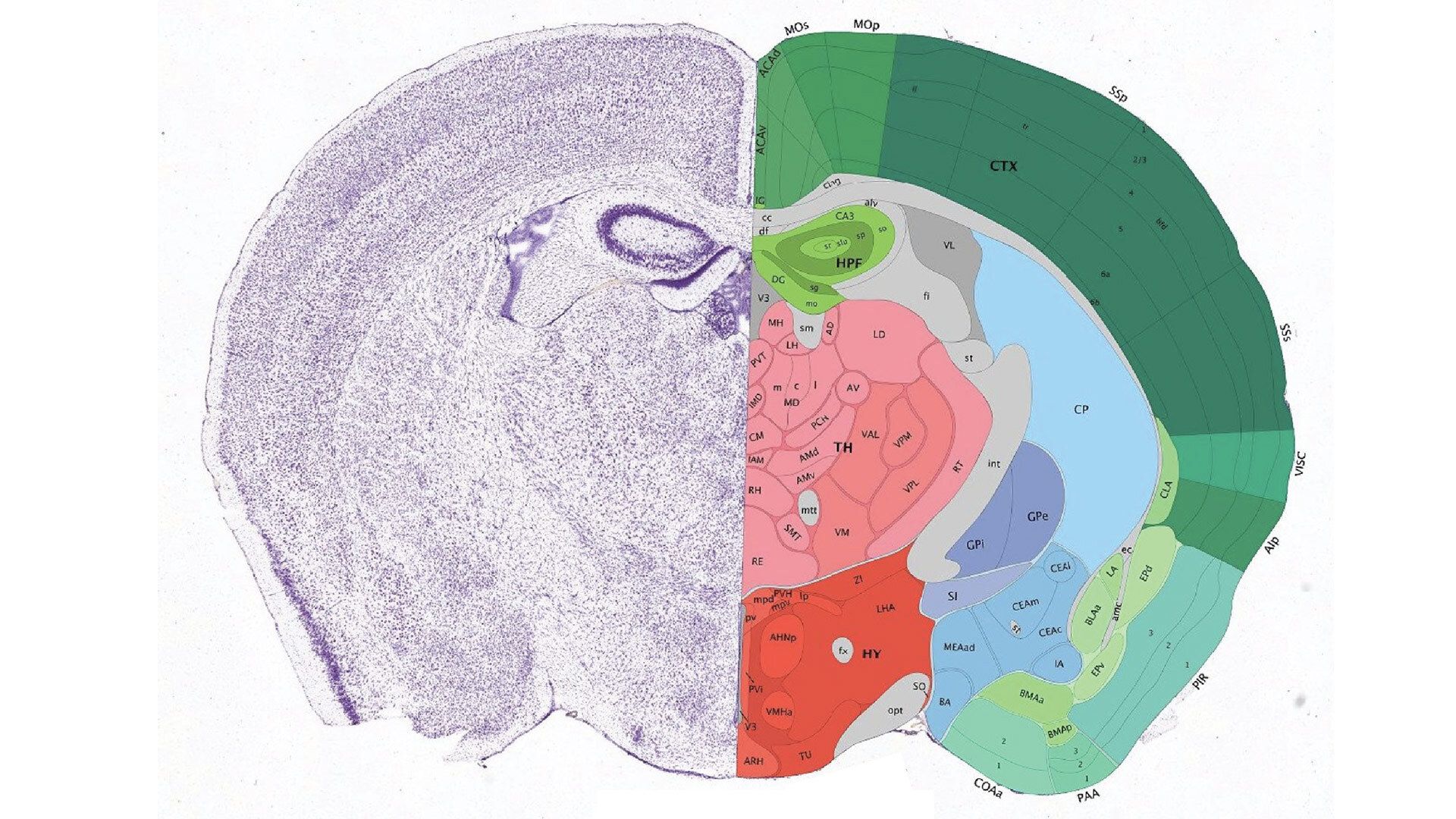- NextGen News
- Posts
- 🌎 Peace Deal
🌎 Peace Deal
Israel and Hamas reach a peace deal, scientists create the largest ever map of the mouse brain, gold has its best year since the 70s, and much more. Come see what you've missed.

Israel and Hamas agree to US-led peace deal

Time
The deal hopes to bring lasting peace to the region. President Donald Trump announced Wednesday that Israel and Hamas have signed off on the “first phase” of a US-led Gaza peace plan, ending two years of catastrophic war and an increasingly dire humanitarian disaster.
A deal to find peace
The announcement came one day after the second anniversary of an attack by Hamas that killed nearly 1,200 Israelis. Once the agreement is officially approved by both sides, a ceasefire will take effect.
While the full details are yet to be released, the deal reportedly follows a 20-point plan from the Trump administration (read in full here). Here’s what we know so far:
Under the deal, Hamas would release all 20 Israeli hostages believed to be alive, with the bodies of the other 28 deceased hostages returned at a later date.
In return, Israel will withdraw from the region to an agreed-upon area, deliver aid to two million residents, and return 250 Palestinian prisoners, which could happen as soon as Monday.
If the first phase of the deal succeeds, it will be followed by negotiations over key details of the later phases, including whether Hamas will disarm and who would govern post-war Gaza. Once ironed out, it could potentially end the devastating two-year war.

OpenAI is riding a wave of multi-billion-dollar deals

Designed by NextGen News
Someone put Altman on a leash. Earlier this week, the maker of ChatGPT announced it would buy a mountain of AI chips from Nvidia’s competitor, AMD, as part of a massive data center energy deal.
The deal marks OpenAI’s third megadeal this year, prompting industry analysts to say the wave of AI megadeals could pop the AI bubble.
More chips than a casino
The pact is a strategic move to reduce OpenAI’s dependence on the world’s leading chip producer, Nvidia, while simultaneously scaling its AI infrastructure. Under the terms of the agreement:
OpenAI plans to purchase enough AMD chips over the next several years to generate six gigawatts of computing power for ChatGPT (that’s enough energy to power five million US homes for a year).
The deal also gives OpenAI the option to buy about 10% of AMD stock for one cent each if it meets certain milestones and AMD’s stock keeps climbing.
They shouldn’t have to worry about that last part since AMD’s stock skyrocketed 43% this week, which is on pace for its best weekly gain since 2016.
It’s more than just a stock gain: AMD CEO Lisa Su said the deal could add tens of billions in revenue over the next five years and help the company gain ground against Nvidia, its main rival in advanced AI chip production.
Not all that glitters is gold
Let’s not get it twisted, the agreement is a boon for both OpenAI and AMD. That being said, it marks the latest megadeal that’s further entangling the AI industry… and it could be stretching OpenAI too thin:
In the first half of 2025, the company reported $4.3 billion in revenue, but also a $2.5 billion loss, according to The Information.
The AMD deal comes just weeks after the company announced a $300 billion investment to buy 4.5 gigawatts of cloud computing from Oracle.
Not to mention, OpenAI signed a multibillion-dollar deal with Nvidia (clearly, they aren’t playing favorites) for the chipmaker to invest $100 billion in OpenAI over the next decade. Naturally, OpenAI plans to turn around and buy Nvidia chips with most of it.
They might pop the bubble: Experts warn the wave of AI megadeals could give rise to a potential bubble, given that the circular nature of these investments (see graph) is inflating the market and binding the fates of all these companies together.

Gold is having its best year since 1979

Designed by NextGen News
Maybe all that glitters is gold. Gold surpassed $4,000 an ounce for the first time earlier this week, cementing an already record-breaking year and proving that when markets get shaky, investors still trust the shiny stuff.
The milestone marks gold’s strongest rally in decades. In total, the metal is up by more than 50% since the start of 2025, putting it on pace for its best year since 1979.
Why is gold doing so well?
Recent world events have shaken faith in governments’ ability to hold economies steady, prompting investors to favor gold over currencies, stocks, and bonds. See an overview of why gold prices change here.
The US government shutdown, France’s PM resigning after just 26 days, the war in Gaza, weakening currencies, and general economic uncertainty are driving demand for “safe-haven” assets.
Expectations that the Fed will cut interest rates have also made non-yielding assets like gold and Bitcoin (which recently passed a record $125,000) more attractive.
Central banks and investors make up the bulk of those snatching up gold, buying the bullion at a rapid pace to try and find alternative paths to pad their portfolios amid the chaos and uncertainty.
This is nothing new: For centuries, investors have turned to gold in times of fear, but the real test will begin when the panic fades. The $4,000 milestone may prove to be either a turning point or a temporary peak, but regardless, it’s safe to say investors will be watching closely to find out.
In partnership with Consensus
Crypto’s Most Influential Event
This May 5-7 in 2026, Consensus will bring the largest crypto conference in the Americas to Miami’s electric epicenter of finance, technology, and culture.
Celebrated as ‘The Super Bowl of Blockchain’, Consensus Miami will gather 20,000 industry leaders, investors, and executives from across finance, Web3, and AI for three days of market-moving intel, meaningful connections, and accelerated business growth.
Ready to invest in what’s next? Consensus is your best bet to unlock the future, get deals done, and party with purpose. You can’t afford to miss it.

The Australian government is getting a refund over AI hallucinations

John M. Chase / Getty Images
AI and government mix like oil and water. Deloitte, a consulting company, has agreed to partially refund the Australian government after a $440,000 report it produced was found to contain fabricated references, thanks, in part, to generative AI.
How does that even happen?
Well, Deloitte’s AI-assisted homework didn’t quite pass the peer review.
Australia’s Department of Employment and Workplace Relations asked the company to assess its welfare system, but Deloitte’s report was quickly flagged after academics found citations to nonexistent studies.
After an internal review, Deloitte admitted to using an AI model to help write the report.
Shortly after, the consulting giant quietly reuploaded a corrected version of the document and agreed to refund the contract’s final payment.
Deloitte said, despite the embarrassing errors, that the corrections didn’t alter its findings or recommendations, much to the dismay of public officials.
AI outrage: Australian Labor Senator Deborah O’Neill slammed Deloitte for what she called “a human intelligence problem,” arguing that overreliance on AI tools is no substitute for expertise or accountability.

Scientists used AI to map previously unknown regions of the mouse brain

Allen Institute
Meanwhile, I still can’t map my keys to my hands in the morning. This week, researchers used an AI model named CellTransformer to generate the most detailed map of a mouse brain to date, revealing previously unknown subregions.
Scientists say the tech behind CellTranformer could transform how we map other organs, diseases, and even cancerous tissues in humans.
Mouse mapping
The AI model, developed by the University of California, San Fransico, and the Allen Institute, uses the same underlying methods as ChatGPT and other generative AI tools.
Unlike ChatGPT, which assesses relationships between words, CellTransformer analyzes relationships between cells in the body, which allows researchers to create massive sets of biological data:
Using those datasets, the model identified 1,300 brain regions and subregions, including previously undiscovered areas.
One researcher compared the breakthrough to moving from a map of continents and countries to one that details states and cities.
See the official report in its entirety here.
Why is this a big deal? The map, which was released this week, could help scientists more accurately identify which regions of the brain control specific functions, behaviors, and neurological conditions, and also give better insight into movement disorders and memory loss.
How did you like today's newsletter? |

Catch up on this week’s weird news

GIF via GIPHY
> The 25th Annual Drive-Thru Study ranked Chick-fil-A highest in customer satisfaction, Taco Bell fastest in service, and Raising Cane’s best in food quality among 13 fast-food chains.
> According to a Financial Times analysis, social media use peaked in 2022. Younger users were the first to cut back, but time spent is now down across all age groups.
> Domino’s unveiled its first rebrand in over a decade, with its app and website overhaul, new jingle (voiced by Shaboozey), packaging, merch, and “cravemark” rolling out this week.
> Thailand recently celebrated its annual water buffalo festival, marking the start of the harvest season with races and beauty pageants. See photos here.
> Engineers created a 3D-printed aluminum alloy five times stronger than standard aluminum using AI machine learning, which could lead to lighter, more efficient aircraft parts.


Reply